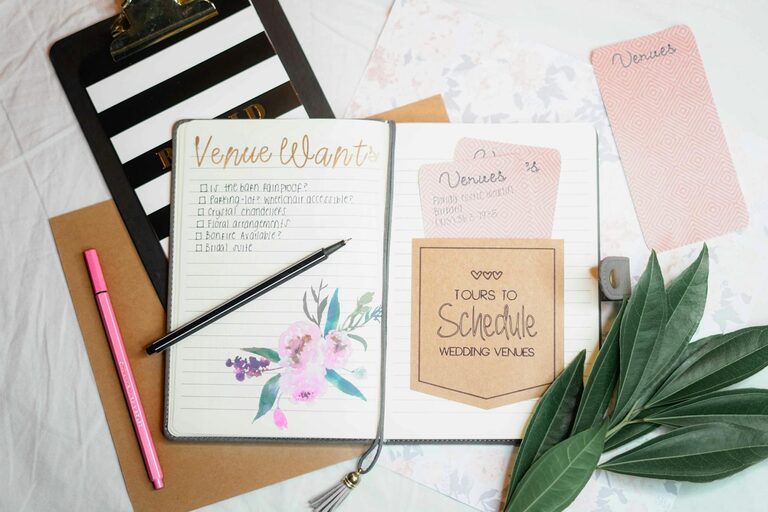Bullet journaling has become a popular method for organizing tasks, goals, and daily activities in a customizable and creative way. If you’re new to this system, don’t worry—bullet journaling is versatile and easy to adapt to your personal style. This beginner guide will walk you through the essentials to get started and make bullet journaling work for you.
What Is Bullet Journaling?
Bullet journaling, often abbreviated as “BuJo,” is a method of note-taking and task management created by Ryder Carroll. It combines elements of a planner, diary, and to-do list in a single notebook. Rather than following a strict format, it uses simple symbols and short notes to help organize your schedule, track habits, and record ideas.
The beauty of bullet journaling is its flexibility—you can design pages that suit your exact needs, whether that’s managing work projects, meal planning, or tracking fitness goals.
What You Need to Get Started
Getting started doesn’t require much. Here’s what you’ll want:
– A notebook: Any blank or dotted notebook works best. Dotted pages offer subtle guidance without being intrusive.
– A pen or pencil: Choose something comfortable to write with.
– Optional supplies: Colored pens, rulers, stickers, or stamps for decoration and organization.
The most important part is the mindset. Be open to experimenting and personalizing your journal.
Basic Components of a Bullet Journal
Index
Start with an index at the beginning of your notebook. The index acts as a table of contents and helps you quickly find important pages.
Future Log
This section is for events or tasks planned in upcoming months. Note down appointments, birthdays, or deadlines you know about in advance.
Monthly Log
A monthly calendar helps you visualize the month ahead. Here, you list major tasks and events for the month.
Daily Log
This is where you record daily tasks, events, and notes. Use short sentences or bullet points to keep it concise.
Collections
Collections are custom lists or trackers you create based on your interests such as books to read, movie watchlists, fitness progress, or budgeting.
Key Symbols and Significance
Bullet journaling uses simple symbols to categorize entries, making it quick to scan and interpret. Here are common bullets you can use:
– Tasks: Represented by a simple dot (•). When a task is complete, change it to an “X.”
– Events: Indicated with an open circle (o).
– Notes: Shown with a dash (–).
– Priority: Mark with an asterisk (*) to highlight important tasks.
– Migrated Task: When a task is moved to a new date, use a right arrow (>).
Feel free to modify symbols or create your own based on what makes sense for you.
Step-by-Step: Setting Up Your First Bullet Journal
- **Title Your Journal:** Write a title or your name on the first page to personalize it.
- **Create Your Index:** Leave a couple of pages for your index at the beginning.
- **Set Up a Future Log:** Divide a page into sections for upcoming months.
- **Prepare Your Monthly Log:** Start with a calendar layout and list the key goals and appointments.
- **Start Your Daily Logs:** Write the date and add your tasks, events, and notes.
- **Add Collections:** Create pages dedicated to specific interests or goals.
Tips for Staying Consistent
– Keep it simple: Don’t worry about aesthetics at first. Focus on functionality.
– Review regularly: Spend 5 minutes daily updating your journal and migrating tasks.
– Use it actively: Carry your journal with you to refer to throughout the day.
– Personalize: Add doodles, colors, or stickers once you’re comfortable.
– Be patient: It takes time to develop a habit and find the format that works best.
Benefits of Bullet Journaling
– Boosts productivity: Helps prioritize and break down tasks.
– Encourages mindfulness: Writing things down increases awareness of goals.
– Enhances creativity: Journal layouts can be artistic outlets.
– Tracks progress: Habit trackers and monthly reflections reveal patterns.
– Reduces stress: Organizing thoughts can clear mental clutter.
Common Mistakes to Avoid
– Trying to make every page perfect on the first try.
– Overcomplicating trackers and layouts.
– Forgetting to migrate unfinished tasks.
– Letting the journal sit idle for long periods.
– Ignoring your needs and copying others’ style too strictly.
Final Thoughts
Bullet journaling offers a powerful way to take control of your day-to-day life with a personalized approach. It’s not about perfection but progress, and even small steps can lead to big results. Whether you want to stay organized, improve habits, or unleash creativity, starting a bullet journal is a rewarding and flexible practice.
Give it a try, and remember: your bullet journal is what you make it! Happy journaling!



